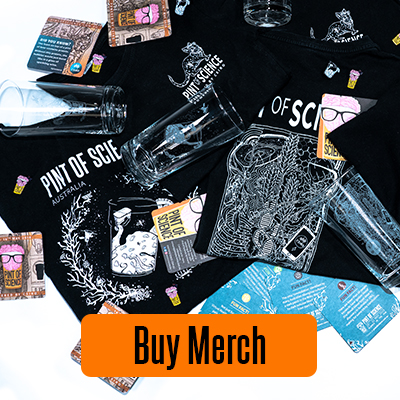© Pint of Science, 2025. All rights reserved.
Full to the brim
Dan Power (he/him)
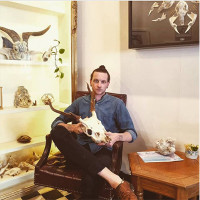
Artist biography
Fueled by an insatiable curiosity and a love for nature, Dan Power has been practicing as a self-taught visual artist since 2014. Having originally studied evolutionary biology, he seeks to capture the stunning beauty and intricacy of nature through highly detailed pen-and-ink drawings, vibrant watercolours and illustrated animal skulls. Drawing on anatomy, zoology and botany, he provides a modern take on natural history illustration and seeks to convey the diversity of nature, the narrative of life, and strong conservation messages. Having also worked as a science communicator, Dan sees art as a way of promoting science communication and presenting scientific concepts and ideas.
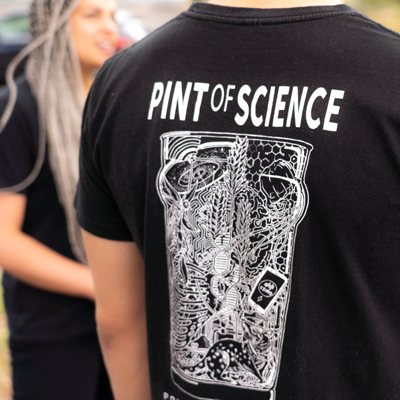
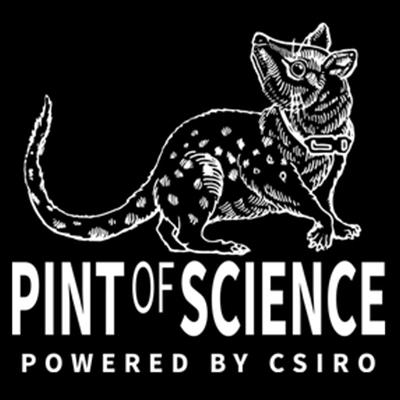
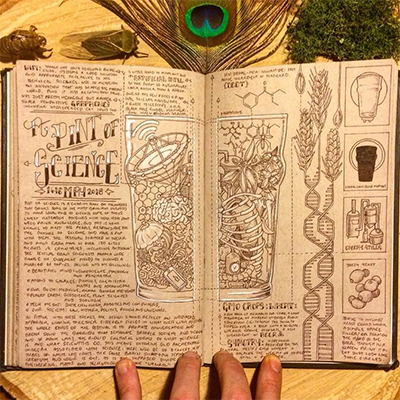
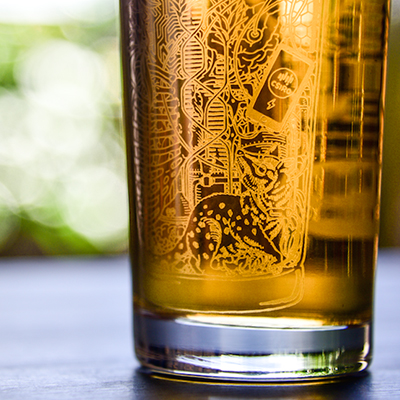
Support the Artist
If you like Dan’s style and want to purchase some of his unique Pint of Science artwork, you can also still do so via our Merch page. You can also find more of his work on his Instagram, Facebook, or website.
Artist rationale
“I wanted the Pint of Science [2018] artwork to incorporate all of the beautiful things about this festival - the sense of discovery, collaboration and sharing - all crammed into a pint glass. It was fun to strike a balance between imagery that clearly conveyed the festivals themes, and the research specifically being undertaken in Australia. Most importantly, I wanted all of these things to be interconnected and interacting to highlight that science and society aren’t separate; they aren’t siloed entities, but a continuous, cohesive tangle of ideas.”
In the artwork you can find:
- A deep-space radio telescope: used in finding black holes and measuring cosmic background radiation, it is one of the few pieces of scientific hardware in the piece. You can find it studded with the stars of a spiral arm galaxy.
- The Wifi symbol radiating out of the dish: as modified and made viable through research at the CSIRO.
- DEET (or N,N,Diethyl-meta-toluamide): depicted as a hexagonal graphene matrix of carbon atoms interspersed with calcium ions. DEET was pioneered by Australian research teams for water purification and is the active ingredient in Aerogard - another hallmark CSIRO discovery.
- Humulone molecule: one of the active flavor properties that gives beer its bitter taste, it is created during the fermentation of wheat.
- The human brain: split into two hemispheres, one side is rendered with organic tissue and electrodes, the other with a silicone matrix representing the development of deep learning and artificial intelligence.
- A human rib-cage and lungs with 3D printed sternum.
- A box jellyfish plugging its tentacles into everything.
- 3 strands of wheat DNA in the process of recombining: a necessary component in the production of beer, this highlights the current role and future potential of genetic modification in the 21st century, and is a specific nod to work by the CSIRO.
- A smartphone: plugged into neurons and the brain stem, it represents the various ways in which science and technology are integrated into our daily lives.
- A native Australian bee pollinating a eucalyptus blossom.
- A spotted-tailed quoll (dasyurus maculatus) fitted with a radio-tracking collar: quolls are an obscure yet unique Australian marsupial, making them a suitable poster-animal for Australian biodiversity. This image highlights the research being done on their reintroduction into the wild, and their potential as a native cane-toad predator.
- A system of stills and pipelines used in the brewing process of beer: a component of a complex - and delicious - chemical process.
